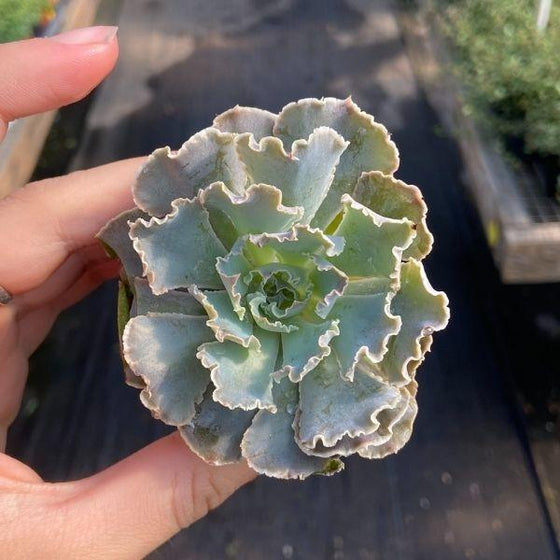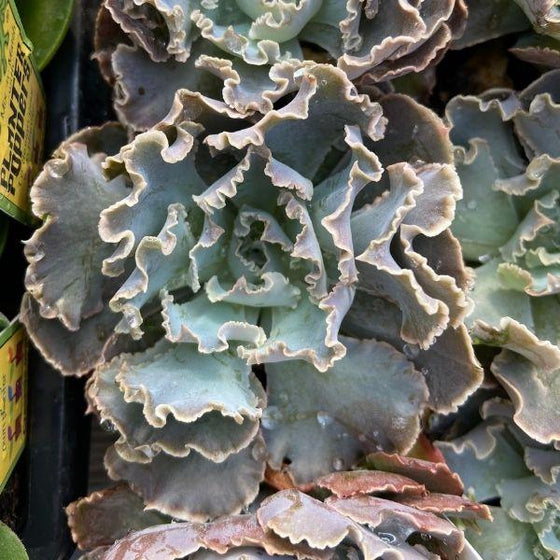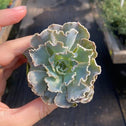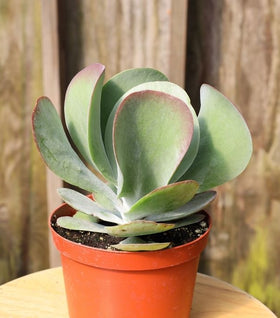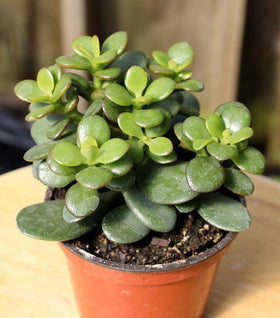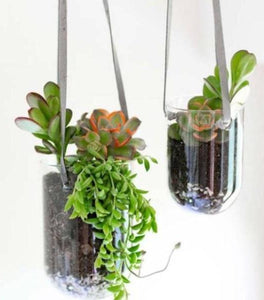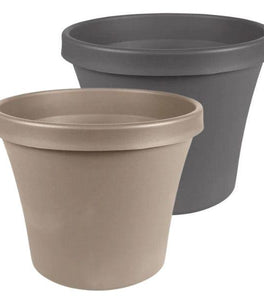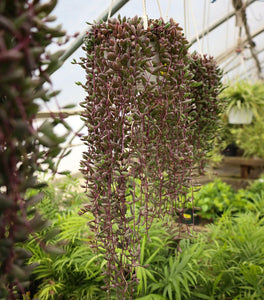Images Depict Mature Plants
Echeveria 'Rosea' Tiny Cabbage Plants for Sale Online
The Tiny Cabbage Plant (Echeveria Rosea) is a low-maintenance succulent ideal for hanging baskets, rock gardens, or container gardens in the warm areas of zones 9 through 11. For the rest of the country, they are perfectly suited to be houseplants when placed in a bright area.
The ruffled leaves of greyish-purple are slow-growing, so your plant will remain fairly compact. Succulents look especially great when planted together in a shallow dish. We recommend pairing your Echeveria Rosea with a Money Maker Jade Plant or an Othonna Ruby Necklace.
| Hardiness Zone: | 9-11 |
|---|---|
| Mature Height: | 6 to 12 Inches |
| Mature Width: | 20 Inch |
| Classification: | Colorful foliage |
| Sunlight: | Fluorescent to bright indirect |
| Habit: | Compact habit, densely branching, insignificant flower |
| Foliage: | Green, purple |
| Soil Condition: | Likes to dry out some between watering |
| Water Requirements: | If unsure, do not water |
| Uses: | Attractive plant to be featured or in the background of any room in the house, does well with minimal care |
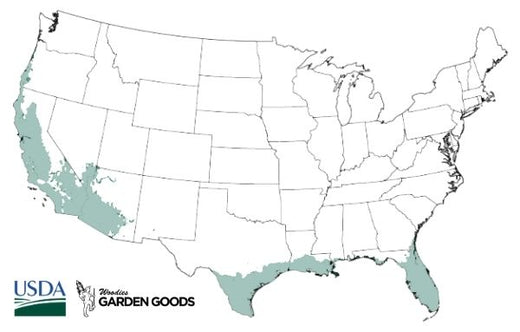
How to Care for Echeveria 'Rosea' Succulent
Be sure to read our planting instructions to ensure a healthy and happy plant for years to come!
How often do I water my Echeveria Rosea plant?
Once established, water your succulent plant infrequently. Their thick leaves are meant to carry water to allow for dry spells but they also make them more succeptible to overwatering. When caring for a young of newly potted plant, watering may need to be done more frequently.

What soil is best for my Echeveria Rosea succulent?
While any potting mix will work just fine, we recommend using a rich nutritious mix that contains perlite and peat moss for optimal drainage; an example of this would be Espoma Organic Cactus Mix.
How do I repot my Tiny Cabbage Succulent?
When the time is right to repot your succulent plant, choose a container that is no more than 2 inches wider than the current pot, and make sure it has drainage holes in the bottom. Layer rocks or clay pebbles at the bottom and cover with some cactus-mix potting soil. Carefully remove your succulent from the container and loosen the roots at the bottom. place your succulent in the pot where the top of the root system is level with the top of the pot; add soil if necessary. Backfill with more potting mix and water your plant slowly to encourage the roots to settle in their new home.
When should I fertilize my Succulent Tiny Cabbage Plant?
In order to promote healthy growth in your Echeveria Rosea, fertilize it in the spring, or when repotting. An all-purpose low-balanced fertilizer will work perfectly; it is up to user preference when deciding which type to use.

